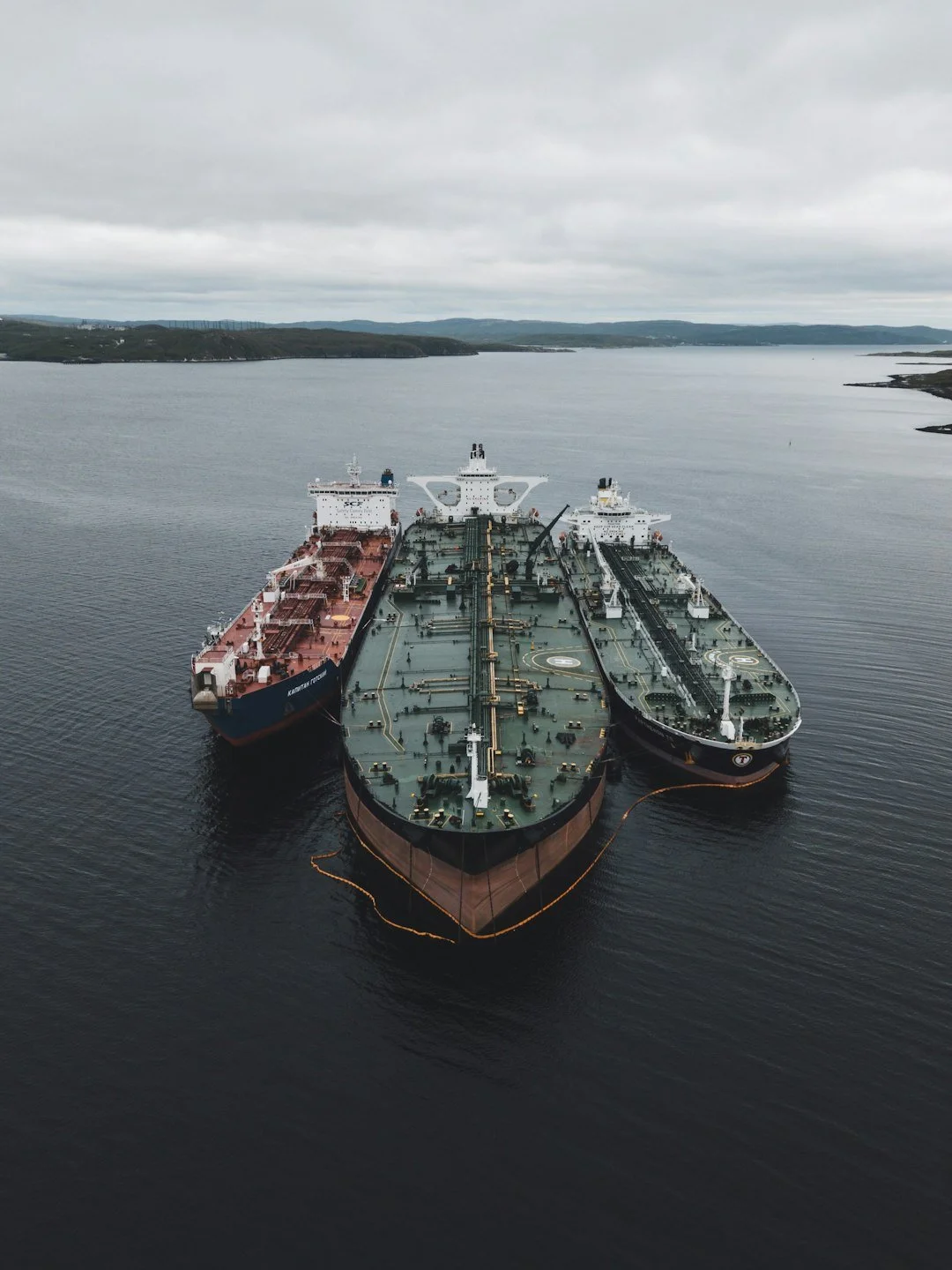Charlie Grey of Tankers International explains why the window to capitalise on the VLCC spot market is opening rapidly, demanding timely and strategic action.
By Charlie Grey
The very large crude carrier (VLCC) market is undergoing significant changes, driven by rising geopolitical tensions and a volatile market. In this environment, global tanker dynamics are shifting fast, and for VLCC owners, a clear opportunity is emerging. For the fourth consecutive month, OPEC+ has fast-tracked its production increases, adding 548,000 barrels per day (b/d) in August. While the initial plan was to boost production by 137,000 b/d each month, this pace was only maintained in April. Since then, the alliance has accelerated its output, tripling the increase in May, June, and July, and now further escalating the pace for August. This is effectively reversing nearly 2 million b/d in voluntary cuts that were originally expected to unwind gradually over 18 months.
Momentum is building for a full reversal of OPEC+’s 2.2 million barrels per day in production cuts, with sources suggesting the additional supply could return to the market as early as October or November 2025. This potential shift, combined with already rising Middle Eastern crude exports is reshaping global tanker dynamics. For VLCC owners, it signals a rapid and sustained rise in demand and a short window to capitalise on the strengthening spot market.
This current surge in the spot market centres on the Middle East Gulf, with the dominant loading hub for VLCCs. Each additional barrel from the region translates into greater need for long-haul capacity to Asia, and VLCCs are uniquely positioned to absorb this trade. With 85% of crude and condensate from the Middle East in 2024-2025 already carried by VLCCs, and 75% of the recent production increase coming from this region, the scale of the opportunity is obvious.
The increase in the Middle East volumes alone is striking. Based on a typical 60-day roundtrip to the Far East, once the full 2.2 million b/d is restored and reintroduced, the market is projected to require an additional 55 VLCCs just to meet baseline demand for transporting the oil to markets in the Far East. As a result, this is more than a temporary boost, it marks a structural shift in market fundamentals.
However, despite these demand signals, the VLCC freight futures curve remains relatively flat. Spot rates are starting to firm, but the forward curve has not yet caught up. This undervaluing suggests that the market is still underestimating near-term fundamentals. Therefore, this presents an opportunity and an advantage for owners to become first-movers.
DIFFERENCES BETWEEN POOLING AND TIME CHARTERS
While time charters provide income certainty at today’s rates, they are starting to look like a cautious move in an improving and ever-evolving market. Committing to fixed contracts now could mean missing out on higher spot returns ahead. In response, leading owners are pivoting. VLCC pooling is emerging as the strategy of choice for those seeking exposure, scale, and commercial agility. Tankers International is seeing a notable increase in interest in pool participation, particularly among quality owners with a clear view of where the market is headed.
There is a clear rational behind this shift; while time charters provide income stability, they also restrict the ability to benefit from market upswings and significant changes. Pooling, on the other hand, keeps vessels active in the spot market, allowing them to take advantage of rising demand. It also helps with earnings by averaging performance across a large, globally deployed fleet – helping to reduce volatility. More importantly, the pool’s chartering desk actively manages positioning and voyage strategy to maximise returns, something that individual owners may struggle to achieve at scale. Pooling doesn’t just provide access; it offers strategic positioning to outperform the market. This is especially critical in periods of rapid change when agility and intelligence matter most.
Flexibility is another key advantage of pooling. While time charters lock owners into long-term commitments, pooling allows for fleet participation. Owners can scale involvement up or down based on dry docks, shifting market views, or the specific performance of individual vessels. They also gain real-time visibility into commercial performance, keeping them active and relevant in ongoing commercial discussions.
Pooling also enhances operational positioning. By joining forces with other Tier 1 owners, pool participants benefit from shared knowledge on regulatory compliance, technical management, and best practices. This collaboration strengthens commercial credibility, improves fleet efficiency, and increases negotiating leverage with charterers.
The pool’s scale and integration create further value through access to exclusive market intelligence. Members receive real-time fixture data, cargo flow analysis, rate trends, and custom reporting to support investor relations, internal benchmarking, and lending relationships. Crucially, vessels remain in the market, visible to key customers and engaged in real-time trade dynamics.
Being part of a tanker pool can also help ensure that financial returns are both strong and predictable. The pool’s structured distribution model provides steady cash flow, while transparent analytics let owners track vessel performance across the fleet. Working capital support mechanisms allow for early cash distributions, supporting liquidity in both bullish and transitional periods.
LOOKING AHEAD
As regulatory pressures intensify, pooling also helps owners navigate complex compliance demands. Tankers International’s VLCC pool can offer expert guidance on evolving IMO regulations, EU ETS requirements, and CII performance. Fleet-wide deployment strategies are calibrated to optimise emissions profiles and sustain compliance ratings. With OPEC+ restoring production faster than expected, the market is undervaluing the impact of this. Demand for VLCCs is rising and freight rates are poised to follow. For owners ready to move, the time to be in the spot market is now, and the most effective way to do it is through pooling.
Data source: Tankers International
